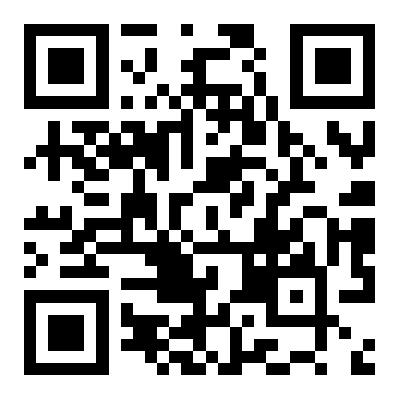Positioning cam: A core component in the mechanical field
2022-01-10
I. Basic Concepts of Positioning Cams
Positioning cams are important components in mechanical equipment, primarily used to control the direction and rhythm of mechanical movement. They are parts with specific profiles, usually used in conjunction with other mechanical parts (such as camshafts, rollers, etc.) to achieve specific mechanical actions.
II. Characteristics of Positioning Cams
1. Positioning: Positioning cams can control the trajectory of mechanical movement, achieving accurate positioning.
2. Performance: Due to the precise design of the cam, mechanical movement is smoother, improving work efficiency.
3. Wide range of Applications: Positioning cams are widely used in various mechanical equipment, such as automobiles, machine tools, and printing presses.
III. Categories of Positioning Cams
Depending on the shape and application, positioning cams can be divided into various types, such as cylindrical cams, conical cams, and planar cams. Each type of cam has its unique characteristics and application scenarios.
IV. Length Considerations
For a positioning cam with a length of 600mm, the length design needs to be determined according to the specific application requirements and the specifications of the mechanical equipment. A suitable length ensures the normal operation of the cam and improves the overall performance of the machinery.
V. Application Examples
Positioning cams play an important role in mechanical equipment. For example, in an automobile engine, the positioning cam controls the opening and closing of the valves, ensuring fuel combustion efficiency; in a printing press, the positioning cam controls the position of the printed matter, ensuring printing quality.
VI. Summary
As a core component in mechanical equipment, the importance of positioning cams is self-evident. Its design precision and performance directly affect the operating efficiency and service life of the entire mechanical equipment. In practical applications, we need to select suitable positioning cams based on specific needs and scenarios to ensure the normal operation of mechanical equipment. In the future, with the advancement of technology, the Applications and performance of positioning cams will continue to be expanded and improved.
Previous Page:
Next page:
Real-time information
2022-07-28
Steering Gearbox Housing Brief
2021-11-12
Airplane Seat Trays: Design and Function
2021-11-12



